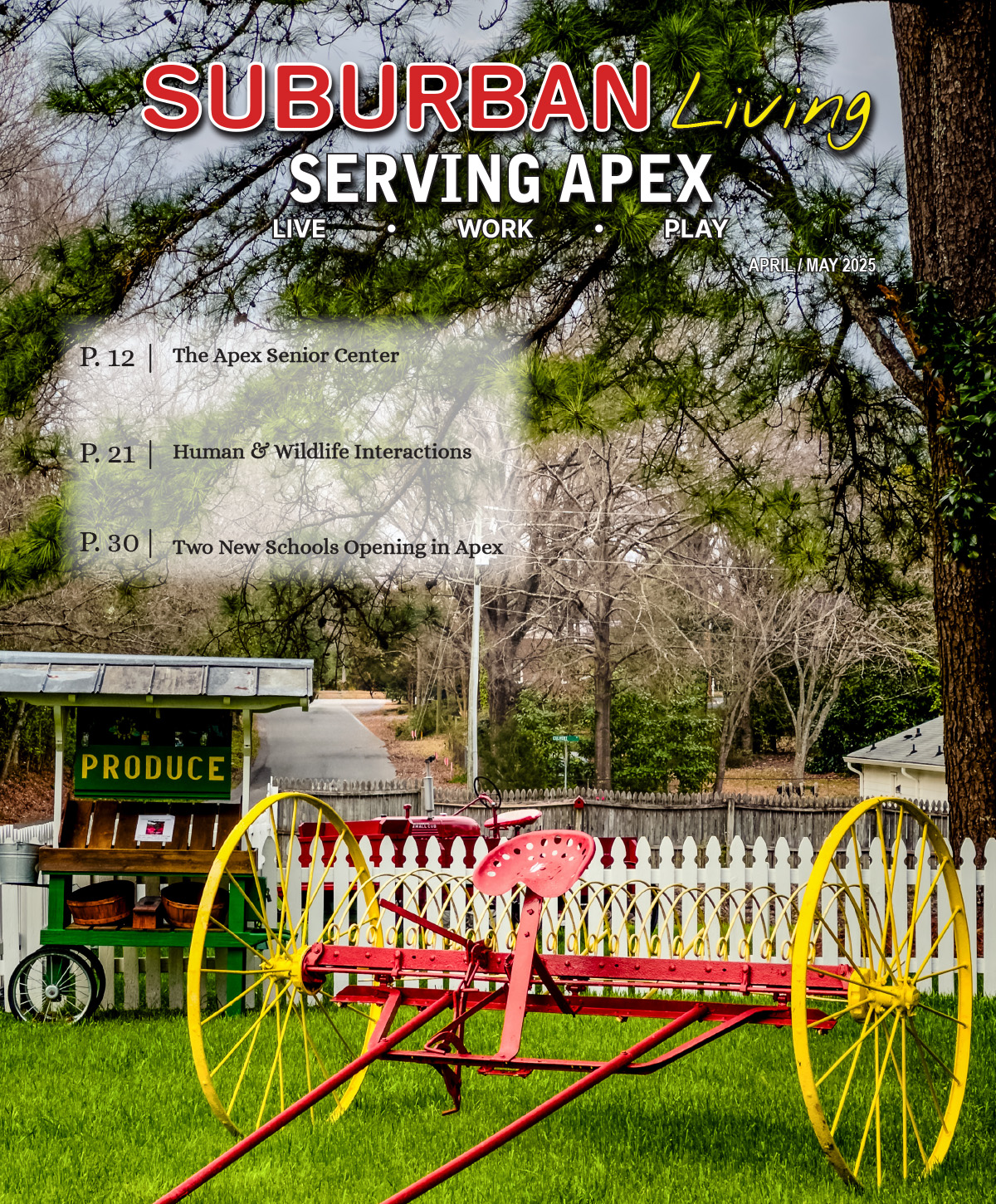T
he night is cold and clear, nothing but a razor thin moon hanging among the stars lighting the silver mist rising from the bogs and moors.
A lone man walks home, the wind tearing at his cloak. He hurries. This is the night the dearly departed, and worse, return to the world of the living.
A flash of light from across the moor catches his eye. He glances up. The light appears to be struggling towards him.
Clamping his hat down on his head, he forces his eyes on the road, away from the approaching specter. He knows the story and under his breath he utters both a curse and a prayer, but they are of no use, the specter is already in his head.
“Stingy Jack.” A well-known trickster, liar, and drunk in life and in death. Heaven didn’t want him. And Hell? Well, the Devil didn’t want him either.
As the story goes, long ago on a dark Samhain night, Jack, a blacksmith by trade, met the Devil while drinking in his local pub. Jack loved playing tricks on people and decided to try one on the Devil — his soul in exchange for one more drink. So, the Devil turned himself into a sixpence and Jack took it and stuck it in his pocket next to a silver cross. The Devil was trapped — and Stingy Jack didn’t let him go until the Devil promised not to take his soul for ten years.
Ten years went by and once again Jack met the Devil walking along a country lane. This time, the Devil announced, he would collect old Stingy Jack and drag him to Hell. Jack agreed to go but asked for an apple from a nearby tree first. The Devil agreed and jumped up the tree. While the Devil was in the tree, Jack surrounded the tree with crosses, trapping him again.
Where or how such a mean, stingy, and conniving prankster came up with so many crosses is a mystery lost to time; however, Jack made the Devil promise not to take his soul when he did finally die. The Devil agreed and left him alone.
Jack Killian O’Sullivan, Stingy Jack, was a real person. He was also a known liar, drunk, and con man who died sometime in his mid-sixties. Legend, or perhaps cautionary tale, takes over from there and has it that he was denied entry into Heaven for all his deceitful, selfish, and uncaring ways. So, he went down and knocked on the gates of Hell. The Devil reminded him of their deal to never collect his soul and sent him back to earth where he came from.
The afterlife was a cold, dark, and lonely place for Jack and he begged the Devil for something to light his way. The Devil tossed him a burning ember from Hell, probably to get rid of him. Jack then stole a turnip, hollowed it out, and placed the ember inside to make a lantern — for he was doomed to wander the earth, with no place to rest, for all of eternity.
But what happened to our lone man out walking and fleeing from the ghost of Stingy Jack?
Well, he died of course. It was the 1600s; they’re all dead and buried.
All except for Jack of the Lantern, of course.
In honor and fear of this story, the people of Scotland and Ireland used to carve scary faces into their own turnips, beets, potatoes, or other root vegetables to ward off Jack o’ Lantern and any evil spirits that wandered the earth with him.
Samhain became Halloween and the carving and illuminating of root vegetables remained a tradition. In time, ancestors of these people came to America, notably in the 1840s to escape the Great Potato Famine. When they got here, they found some truly glorious gourds to carve — especially our very own all-American pumpkins.









